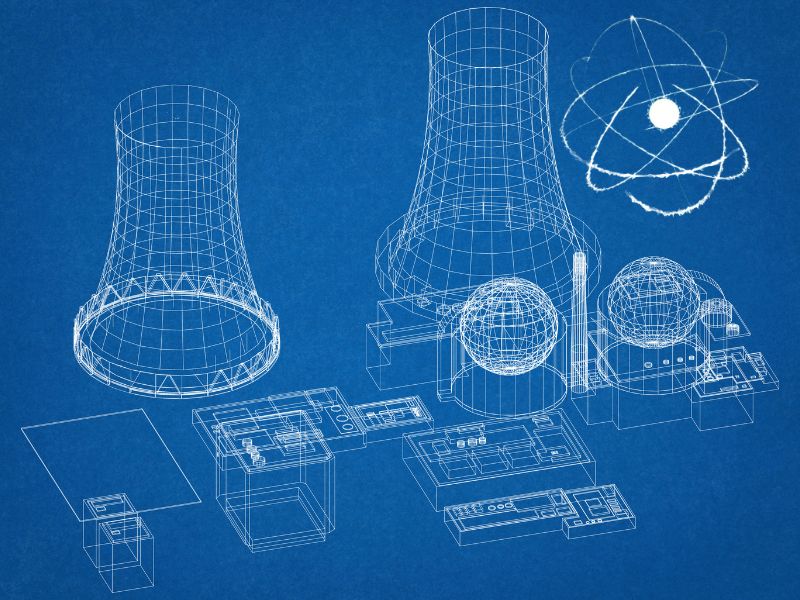.png)

Krishnadevan is Consulting Editor at BasisPoint Insight. He has worked in the equity markets, and been a journalist at ET, AFX News, Reuters TV and Cogencis.
February 1, 2025 at 5:04 PM IST
India took one more step towards accelerating nuclear power generation in the country with the 2025-2026 Union Budget making a ₹200 bln allocation for research and development of Small Modular Reactors. The Finance Minister, Nirmala Sitharaman, also said that the government will amend the Atomic Energy Act and the Civil Liability for Nuclear Damage Act to foster active partnership with the private sector.
Notably, the outgoing Biden administration in the US removed the ban on sharing of advanced technology by US companies with Indian Rare Earths, Indira Gandhi Atomic Research Centre, and Bhabha Atomic Research Centre
India, the world’s third-largest generator of electricity, is seeing a surge in demand for power due to increasing urbanisation, the requirement of hyperscale Data Centres to provide for the wider adoption of Artificial Intelligence, the increasing adoption of Electric Vehicles and other energy-hungry technologies.
Fittingly, India’s Nuclear Energy Mission has an ambitious target of developing 100 GW of nuclear power capacity by 2047, a ten-fold increase from current levels.
Legislative Empowerment
Recognising the need for achieving this target the government has identified the legislative changes needed to roll out the commercialisation of nuclear power generation.
Central to this vision are the proposed amendments to the Atomic Energy Act and the Civil Liability for Nuclear Damage Act.
These amendments will enable private sector participation and investment in the nuclear sector. Currently, only the Nuclear Power Corporation of India Ltd can generate nuclear power in India.
The amended law could allow private sector involvement with government oversight, with the government retaining majority control while allowing private capital and expertise.
Amendment to the civil liability law is needed to tackle the current no-fault liability regime, which has been a significant deterrent to private participation due to potentially enormous liabilities in case of accidents.
The changes could allow for commercially viable liability structures or government-backed insurance schemes to share the burden between state and private players, enhancing investor confidence.
Now, To Make Reactors
A mention but not widely recognised is the ₹200 bln allocation for research and development of Small Modular Reactors. These compact reactors offer faster deployment, scalability, and enhanced safety features.
The government aims to have five indigenously developed SMRs operational by 2033, for powering AI data centres, hydrogen production, seawater desalination, and replacing diesel generators in remote areas.
Talks are also under way with the US, France, and Russia for SMR co-development, with India aiming to become a hub for affordable SMRs targeting ASEAN and African markets.




